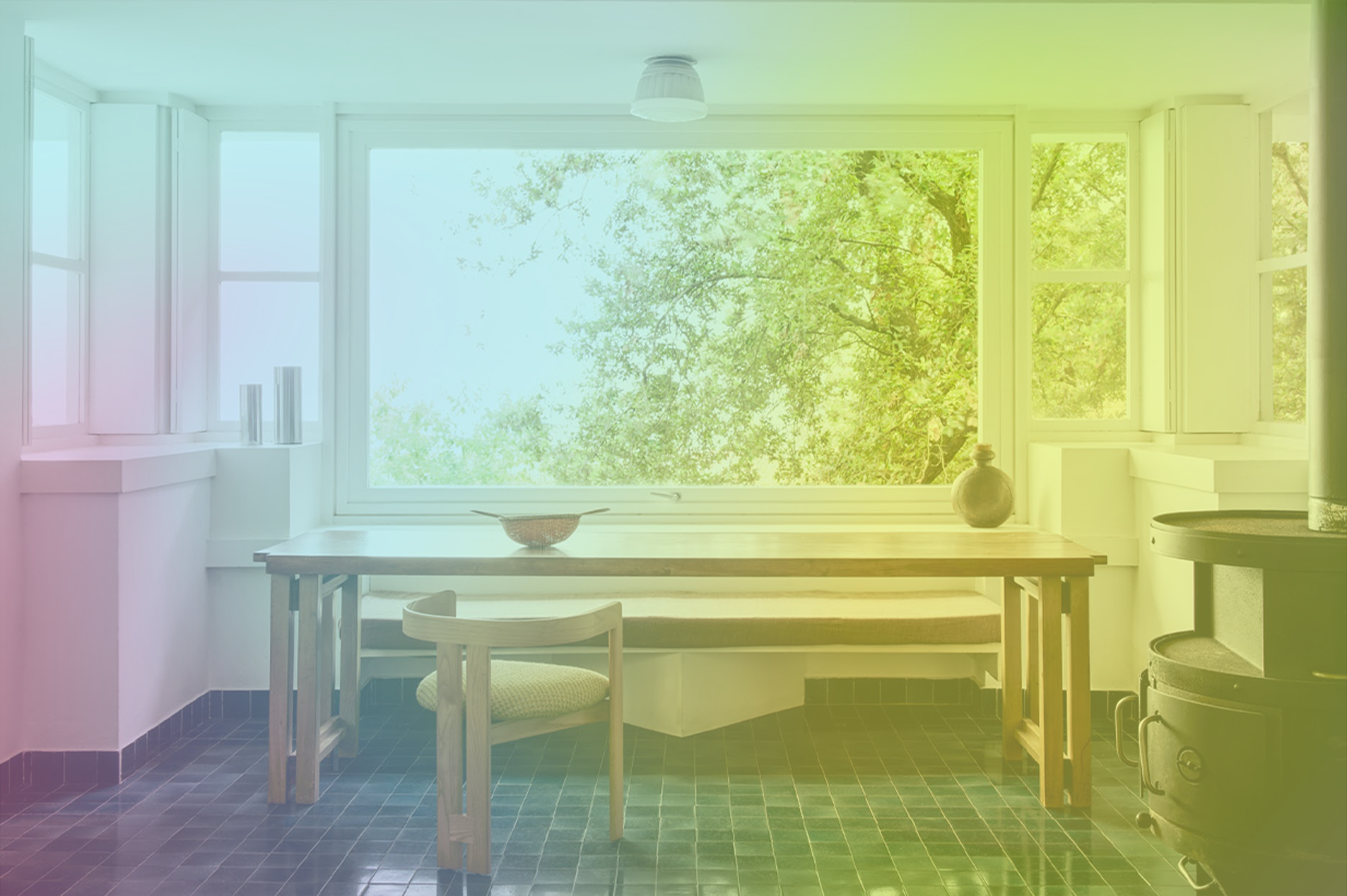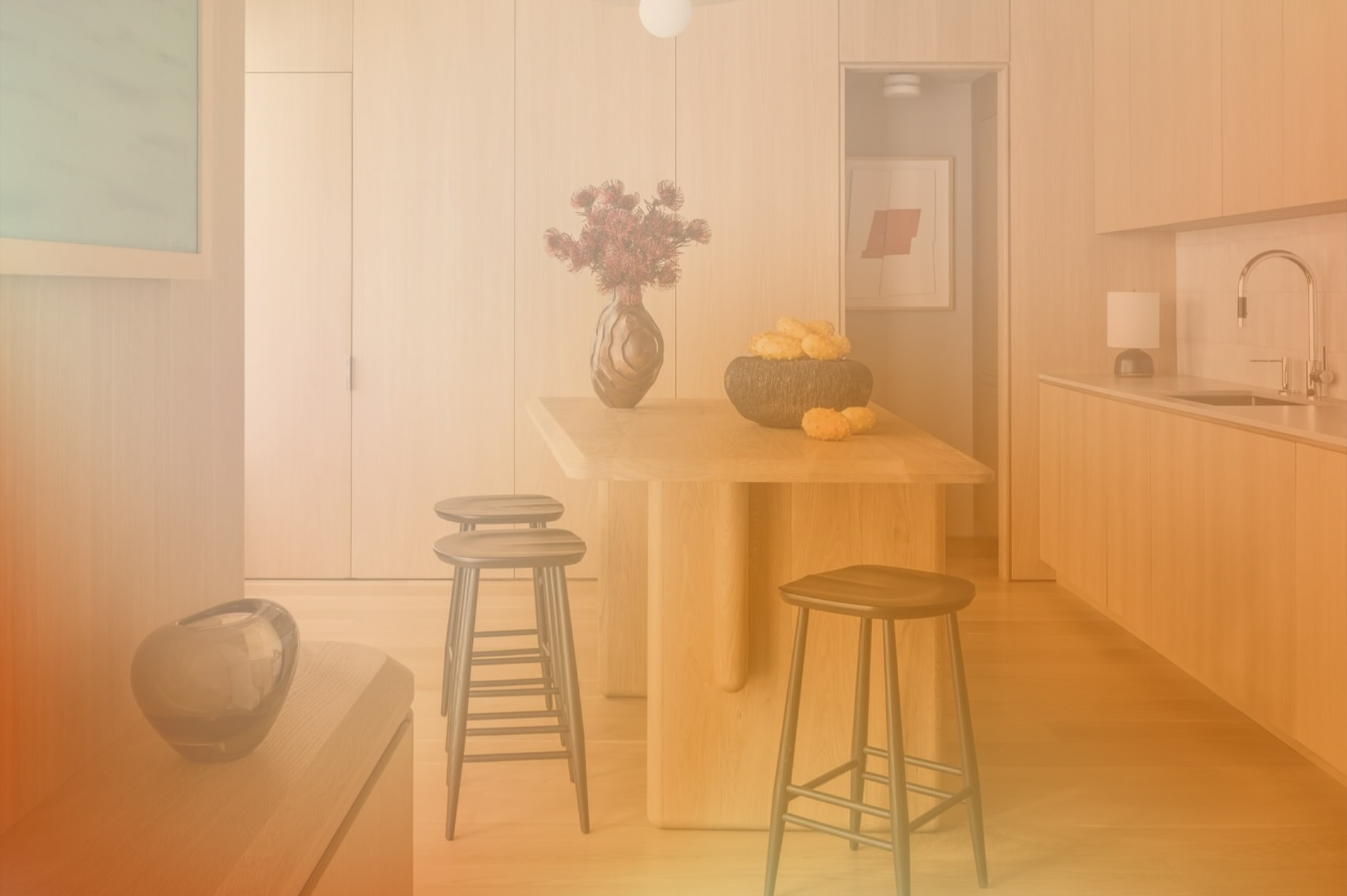Different image types serve different purposes and resonate at various stages of the sales funnel. For furniture brands, rigorous A/B testing is essential to understand which creative drives the most effective outcomes, from initial awareness to final conversion. This article delves into advanced A/B testing frameworks for furniture creatives, how to interpret performance data like creative heatmaps, and strategies for optimizing both early-funnel discovery and late-funnel conversions.
Understanding the Role of Image Types in the Furniture Funnel
Before testing, it's vital to recognize the inherent strengths of each image type:
- Bare Product Images (Cut-outs / White Backgrounds)
- Strengths: Clarity, focus on the product itself, accurate color representation, easy comparison, highlights specific features/dimensions.
- Best for: Lower-funnel stages (product pages, retargeting ads for specific SKUs), comparison shopping, functional clarity.
- Weaknesses: Lacks emotional appeal, doesn't show scale or context, less inspiring.
- Lifestyle Shots (Room Scenes / Styled Environments):
- Strengths: Aspirational, shows scale and context, evokes emotion, demonstrates versatility, inspires design ideas, creates a sense of belonging.
- Best for: Upper-funnel (awareness, prospecting), social media, brand building, showcasing the "dream."
- Weaknesses: Can be distracting, less focus on individual product details, potential for misinterpretation of scale/color due to lighting/filters.
Rigorous A/B Testing Frameworks for Furniture Creatives
Beyond a simple A/B test, furniture brands should employ multi-cell frameworks to gain deeper insights.
- Direct Comparison (Simple A/B):
- Setup: Test two variations: one ad set with only bare product images, and another ad set with only lifestyle shots, targeting the same audience.
- Metrics to Track: CTR, CPC, Engagement Rate (likes, comments, shares), and critically, view content/add-to-cart rates if running retargeting.
- Use Case: Quick, high-level understanding of which format grabs initial attention.
- Multi-Cell Funnel Stage Testing:
- Setup: This is more sophisticated. Create multiple ad sets, each targeting a different stage of the funnel with corresponding image types.
- Awareness/Prospecting: Test various lifestyle shots (different room styles, aspirational themes) against each other.
- Consideration/Mid-Funnel: Test lifestyle shots featuring specific product lines against basic product shots of those same lines, targeting users who have shown interest but not added to cart.
- Conversion/Lower-Funnel: Test bare product shots vs. lifestyle shots (with a clear CTA and possibly a specific offer) for abandoned cart retargeting.
- Metrics to Track:
- Awareness: Reach, Impressions, CPM, CTR, Engagement Rate, new website visitors.
- Consideration: Website clicks (specifically to product pages), Add-to-Cart Rate, Time on Site.
- Conversion: Purchase Conversion Rate, CPA, ROAS.
- Key Insight: This framework helps pinpoint which creative types perform best at each stage of the complex furniture buying journey.
- Setup: This is more sophisticated. Create multiple ad sets, each targeting a different stage of the funnel with corresponding image types.
- Dynamic Creative Optimization (DCO) Testing:
- Setup: Upload multiple bare product images, multiple lifestyle shots, various headlines, and body copies into a DCO campaign (e.g., Meta's Dynamic Creative, Google's Responsive Display Ads). The platform's algorithm will automatically mix and match these assets to find the best-performing combinations for individual users.
- Metrics to Track: Focus on aggregate performance metrics (ROAS, Conversions) but also dig into the "Asset Performance" reports within the DCO tool to see which specific image/copy combinations are winning.
- Use Case: Highly efficient for continuous optimization, especially for large product catalogs. Reveals nuances you might miss in manual A/B tests.
- Audience-Specific Creative Testing:
- Setup: If you're targeting distinct design tastes (e.g., modern minimalist vs. rustic farmhouse), test both bare product and lifestyle shots within each audience segment.
- Metrics to Track: All standard performance metrics, analyzed per audience segment.
- Key Insight: A modern minimalist might prefer the clean clarity of a bare product image, while a rustic enthusiast might be more drawn to the emotional appeal of a styled lifestyle shot. Or vice-versa! The data will tell you.
Reading Creative Heatmaps for Deeper Insights
Creative heatmaps (often generated by eye-tracking software or AI prediction tools available from creative intelligence platforms) offer a qualitative layer to A/B testing. While not directly measuring conversions, they show where viewers' attention is drawn within an ad creative.
- How to Interpret:
- "Hot" Zones: Areas that attract the most attention (e.g., the product, a person's face, a specific detail).
- "Cold" Zones: Areas that are largely ignored (e.g., excessive white space, cluttered backgrounds).
- Applying to Furniture:
- Bare Product Heatmaps: Is the viewer's eye going straight to the core product, or are they distracted by background elements if present? Is the product featured prominently enough?
- Lifestyle Shot Heatmaps: Is the eye drawn to the furniture piece itself, or to other elements in the room (e.g., decor, windows, models)? If the focus is on a non-product element, the lifestyle shot might be failing its marketing objective.
- CTA Visibility: Is the call-to-action (CTA) button or text clearly visible and drawing attention?
- Actionable Insights: Use heatmap data to refine your creative. If a lifestyle shot's heatmap shows minimal attention on the furniture, consider cropping differently, adjusting lighting, or reducing background clutter. If a bare product shot isn't getting enough attention, ensure it stands out.
Optimizing for Different Funnel Stages
The results of your A/B tests and heatmap analysis should directly inform your creative strategy across the funnel:
- Early Funnel (Awareness & Prospecting):
- Dominant Creative: Lifestyle Shots. These are best for capturing attention, inspiring dreams, and demonstrating how a product fits into a desired lifestyle.
- Metrics: Focus on high CTR, engagement rate, and low CPM.
- Goal: Drive new, qualified traffic to your website to explore further.
- Testing Focus: Which type of lifestyle shot resonates most (e.g., cozy vs. modern, different room types), and which evokes the strongest emotional response.
- Mid-Funnel (Consideration & Engagement):
- Creative Mix: A blend of Lifestyle Shots and carefully selected Bare Product Shots.
- Metrics: Focus on website engagement (time on page, pages per session), add-to-cart rate.
- Goal: Provide more detail and context for interested users, moving them closer to decision.
- Testing Focus: How do specific features (shown on bare product) combine with aspirational context (lifestyle)? Which balance between "dream" and "detail" drives deeper engagement?
- Late Funnel (Conversion & Retargeting):
- Dominant Creative: Bare Product Shots, often paired with clear CTAs and offers.
- Metrics: Focus on high Conversion Rate, low CPA, high ROAS.
- Goal: Overcome final objections and close the sale.
- Testing Focus: For abandoned cart retargeting, does showing the exact product on white vs. a styled room shot (with a reminder of the cart) perform better? How does adding price/discount/financing details affect performance on each image type? (Often, the clarity of the bare product shot wins here as the customer is already familiar with the aspirational aspect).
- Dynamic Product Ads (DPAs): Almost always use bare product shots for standard DPA retargeting, as the customer has already seen the lifestyle aspects.
Continuous Optimization is Key
The design industry is constantly evolving, and so are consumer tastes. What worked yesterday might not work tomorrow.
- Never Stop Testing: Treat A/B testing as an ongoing process, not a one-off project.
- Seasonality & Trends: Test new creatives based on seasonal trends (e.g., outdoor furniture in spring) or emerging design aesthetics.
- Refresh Creatives: Even winning creatives experience fatigue. Plan regular creative refreshes based on new A/B tests.
- Learn from Losers: Even ads that "lose" provide valuable insights into what doesn't resonate with your audience.
By implementing rigorous A/B testing frameworks, understanding creative heatmaps, and strategically deploying the right image type at the right funnel stage, furniture brands can unlock the full potential of their ad creatives. This data-driven approach ensures that every impression contributes meaningfully to building brand awareness and driving profitable conversions.





